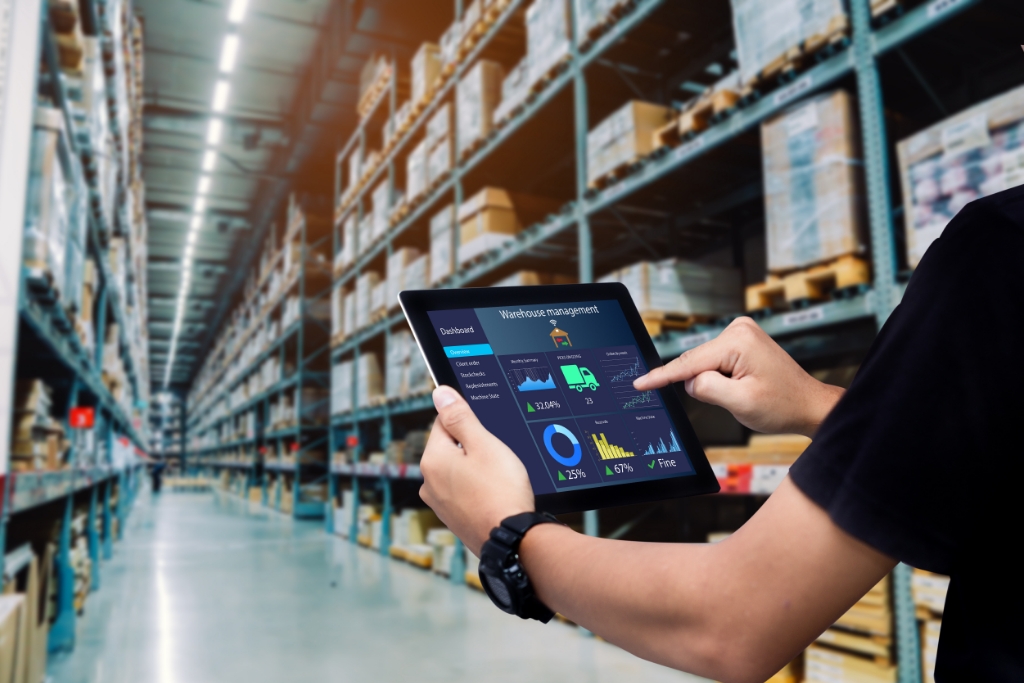When you look at the global ecommerce landscape, there’s no denying that China is leading the pack. With high internet penetration and adoption, a large tech-savvy population and efficient delivery infrastructure, even before the COVID-19 pandemic there was already a sizable online shopping culture in the East Asian country.
According to STATISTA, in 2020, more than 38% of China’s GDP originated from the country’s digital economy, with nearly a quarter of all physical goods being sold online, compared to the global average of 18%. Another interesting fact is that in 2021, more than half of all the world’s ecommerce retail sales originated from China and, as of 2022, China remains home to the largest digital buyer population in the world, with a staggering 780 million individuals actively shopping online.
In comparison, South Africa is still in its ecommerce infancy, although it’s worth noting from our 2020 edition of the PayFast Ecommerce Performance Index that the COVID-19 pandemic boosted local adoption rates by up to five years. So, what can South African entrepreneurs do to encourage a cultural shift towards higher ecommerce adoption rates? And what can – and should – our government, and even private entities, do to support this transformation? With the pandemic ending, and with more people being happy to shop in person again, how will ecommerce grow post-pandemic?
During the PayFast eCommerce Virtual Summit organised by the Insaka eCommermce Academy, our Head of Product, David Kusel explored the main factors of why China is a leader in ecommerce and what South Africa needs to get right to mirror China’s success. Below are some of the points he touched on.
How does South Africa’s ecommerce sales compare to the rest of the world?
According to PayFast data, lockdown forced a massive shift in South African consumer behaviour. Between 2019 and 2020 there was a record-breaking 101% increase in ecommerce transaction growth, with a 36% increase between 2020 and 2021, and 20% between 2021 and 2022.
As it stands now, we estimate that in the formal economy 8% of retail sales are done online, but if you include the informal economy it drops to 4%. In comparison, in the US 16% of retails are done online, compared to 20% in the UK. China is forecast to do more than 50% of retail sales online in 2022.
What are the core ingredients of China’s rapid ecommerce growth?
There are five main factors that contributed to China’s ecommerce success:
1. Established infrastructure
One of the best case studies depicting an ecommerce success story is Alibaba, a leading Chinese multinational technology company specialising in ecommerce, retail, internet and technology. The company was founded by Jack Ma in 1999 and has since grown to provide the backbone of the Chinese ecommerce economy: the infrastructure.
Alibaba offers the following ecommerce solutions:
- B2C marketplace
- B2B marketplace
- Logistics
- Warehousing
- Payments
- Cloud technology through Alibaba Cloud
- Digital marketing
Evidently, Alibaba has provided everything the ecommerce industry needs to flourish in China
2. Low-cost delivery services
Alibaba alone employs 3 million delivery drivers in China, allowing the company to make quick and cheap deliveries. During Singles Day, the Chinese counterpart to Black Friday, Alibaba and JD.com (China’s version of Amazon.com) together delivered over 3 billion packages over an 11-day period. JD.com fulfilled most of its deliveries within 24 hours due to having its own logistics system.
3. Smartphone-driven mobile commerce culture
For many Chinese citizens, their first point of access to the internet is via their smartphone due to their affordability and capability. 80% of Chinese citizens own a smartphone, and over 750 million of them shop online via their mobile phones. Africa is on the same trajectory, where people are skipping owning pcs and desktops and going directly to smartphones.
4. Innovative digital payment systems
Like the rest of the world, in China mobile wallets and QR codes dominate the payment space due to their contactless aspect and ease of use. As an overview, in China:
- WeChat has more than 1.2 billion monthly active users
- WeChat Pay has more than 900 million active users
- AliPay has 650 million active users
It’s also worth highlighting that in 2018, around 40% of ALL payments in China were made via mobile payment.
5. Ecommerce offers a better shopping experience in China
China is one of the most densely populated countries on earth, so it’s not surprising that in-person shopping is often crowded and impersonal. With online shopping, buyers have a better experience as they can find a variety of products at their fingertips with the confidence that it’ll be delivered to their doorstep in a reasonable time frame.
Does South Africa possess these same growth ingredients?
Compared to China, South Africa needs to work on the following to improve its ecommerce economy:
1. Ecommerce infrastructure
South Africa’s infrastructure is struggling, with loadshedding and water disruptions being the prime points of frustration. However, South Africa’s retail infrastructure is decent, and Takealot has worked hard to grow ecommerce, which has had a great knock-on effect on the industry. So, with this in mind and with enough investment, it can be achieved.
2. Cheap and convenient delivery
While there are many reliable delivery services in the formal economy, we have a long way to go informally, such as delivering to outlying areas and townships.
3. Accessible digital payments
A sizeable percentage of South Africans have bank accounts, however that number doesn’t translate to large volumes of digital payments. Online payment gateways like PayFast are assisting the adoption of digital payments by facilitating a variety of payment methods, including store cards underlined by RCS and TymeBank’s buy now, pay later offering MoreTyme that are attractive to larger population groups.
4. A culture of buying online
South Africa has a high internet penetration of around 70%, which should be a driver of ecommerce growth in the future. However, at present, we don’t have a strong culture of shopping online due to the quality of our shopping malls across the country, which are clean, spacious and offer affordable parking, making face-to-face shopping a pleasurable experience.
What factors will accelerate ecommerce growth in South Africa?
Here are some of the things South Africa needs to do to promote ecommerce growth:
1. Continue investing in ecommerce infrastructure
As mentioned above, Takealot has continuously reinvested in its platform, which has attributed to its growth as one of the leading ecommerce platforms in South Africa. Supermarkets like Checkers have also embraced online with its Checkers Sixty60 app to help bring ecommerce to more South Africans.
2. Build ecommerce solutions that embrace Africa
South Africa has unique challenges that require unique solutions, and ecommerce isn’t any different. It’s important to develop ecommerce solutions that meet the unique needs of South African consumers. For example, Yebo Fresh is bringing ecommerce to townships by delivering affordable groceries in partnership with 200,000 odd spaza shops. Another example is What3words, an innovative proprietary geocode system that offers a solution to the challenge of delivering to informal settlements that have no proper roads or addresses.
3. Connect the cash economy to the digital one
When you look at the figures, cash is still king in South Africa. At least 50% of all transactions are in cash and 8 out of 10 informal traders have no bank account. Cash is simple to understand, instant and trusted. In comparison, digital payments still have a long way to go to achieve the same level of trust and acceptance.
However, the introduction of the Rapid Payments System by Bank Serve should help facilitate the wider adoption of digital payments, as it will use a phone number, email address or ID number to identify accounts. This system will help spur a wider adoption and acceptance of digital payments and demonstrate that paying digitally or online is an easy, secure and trusted way of transacting.
4. Make ecommerce more engaging
South Africans love the experience of shopping malls and, compared to other countries, they are still thriving. It’s therefore beneficial for online businesses to follow an omnichannel approach or to create an engaging online shopper experience. Thankfully, there are lots of tools at our disposal to assist with this, such as communicating via WhatsApp for Business or sending a handwritten thank you note with a delivery for that extra personal touch.
Is ecommerce in South Africa here to stay?
Without a doubt, ecommerce is here to stay in South Africa. Online shopping is convenient and easy, and every day there is a range of new and exciting online businesses launching to cater to our needs. However, to copy or even come close to the ecommerce success of China, as a country we need to innovate and solve the challenges that were touched on above.
To stay connected follow, us on Instagram, Twitter, LinkedIn, Facebook or TikTok.



